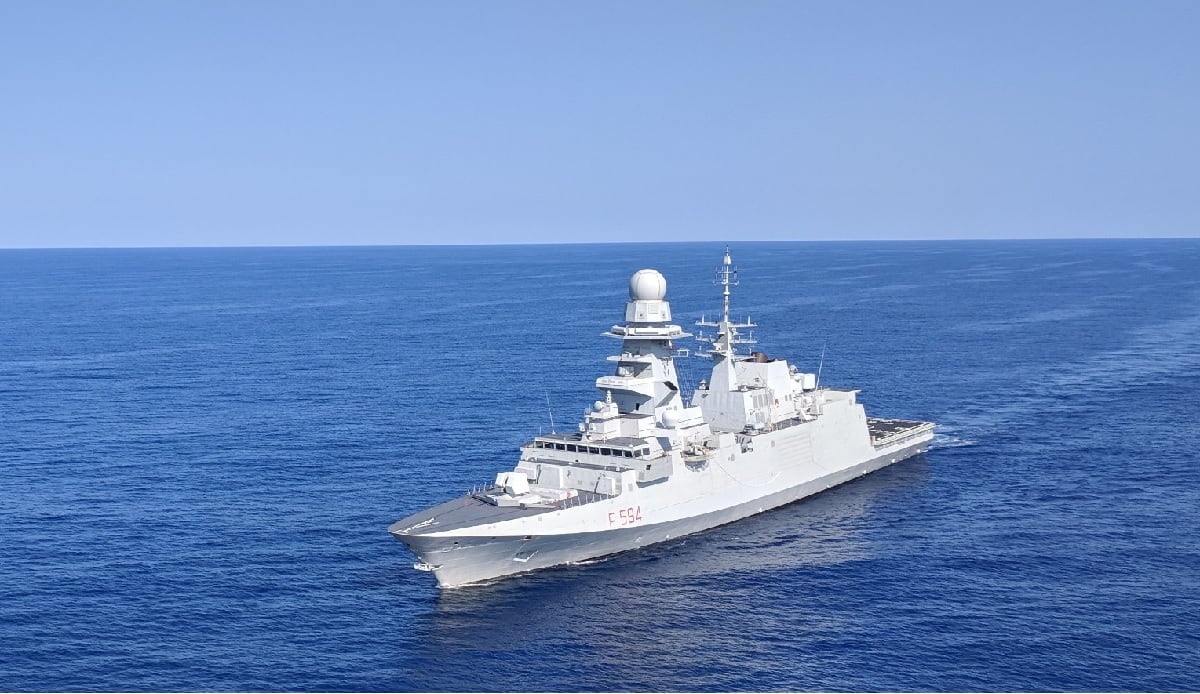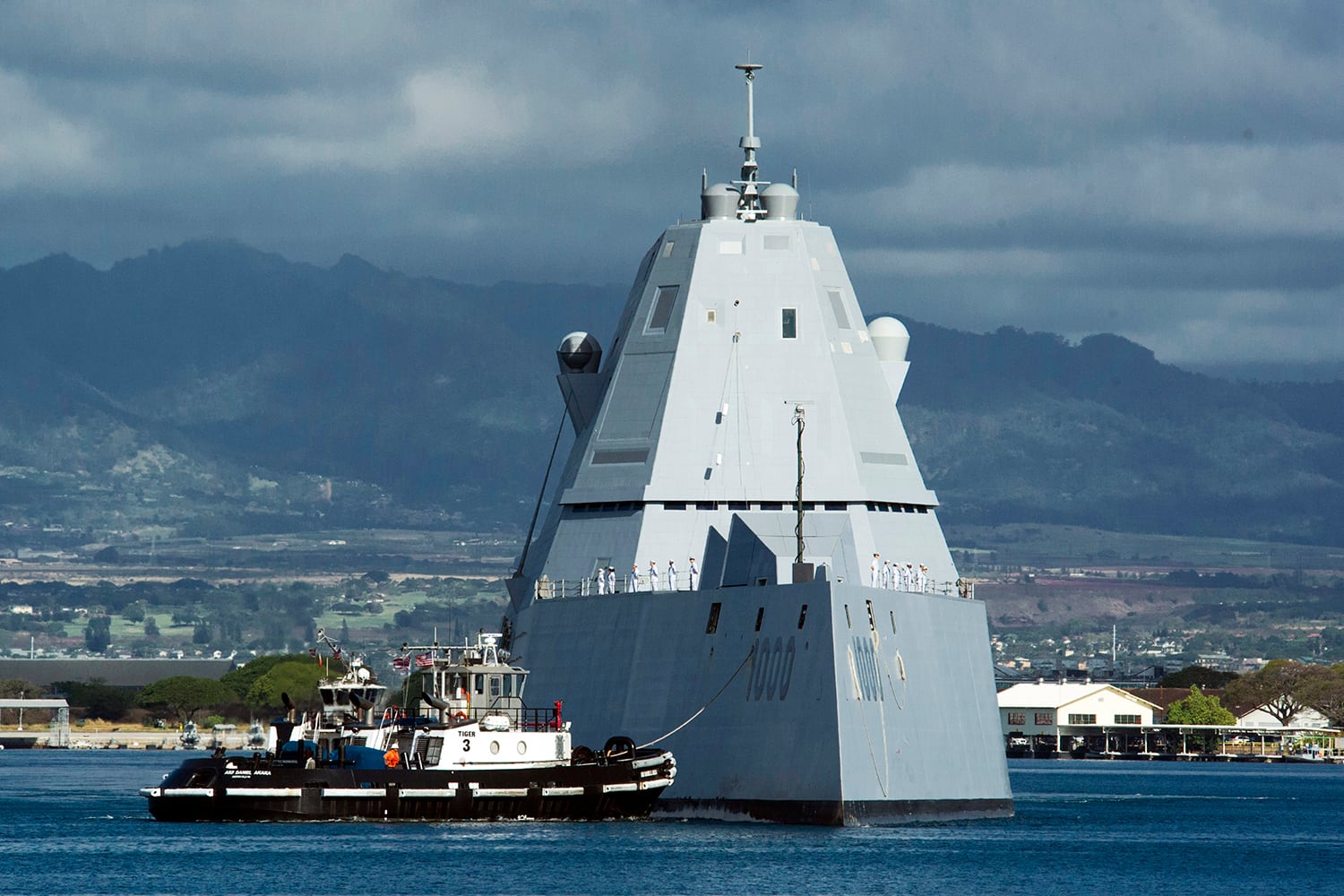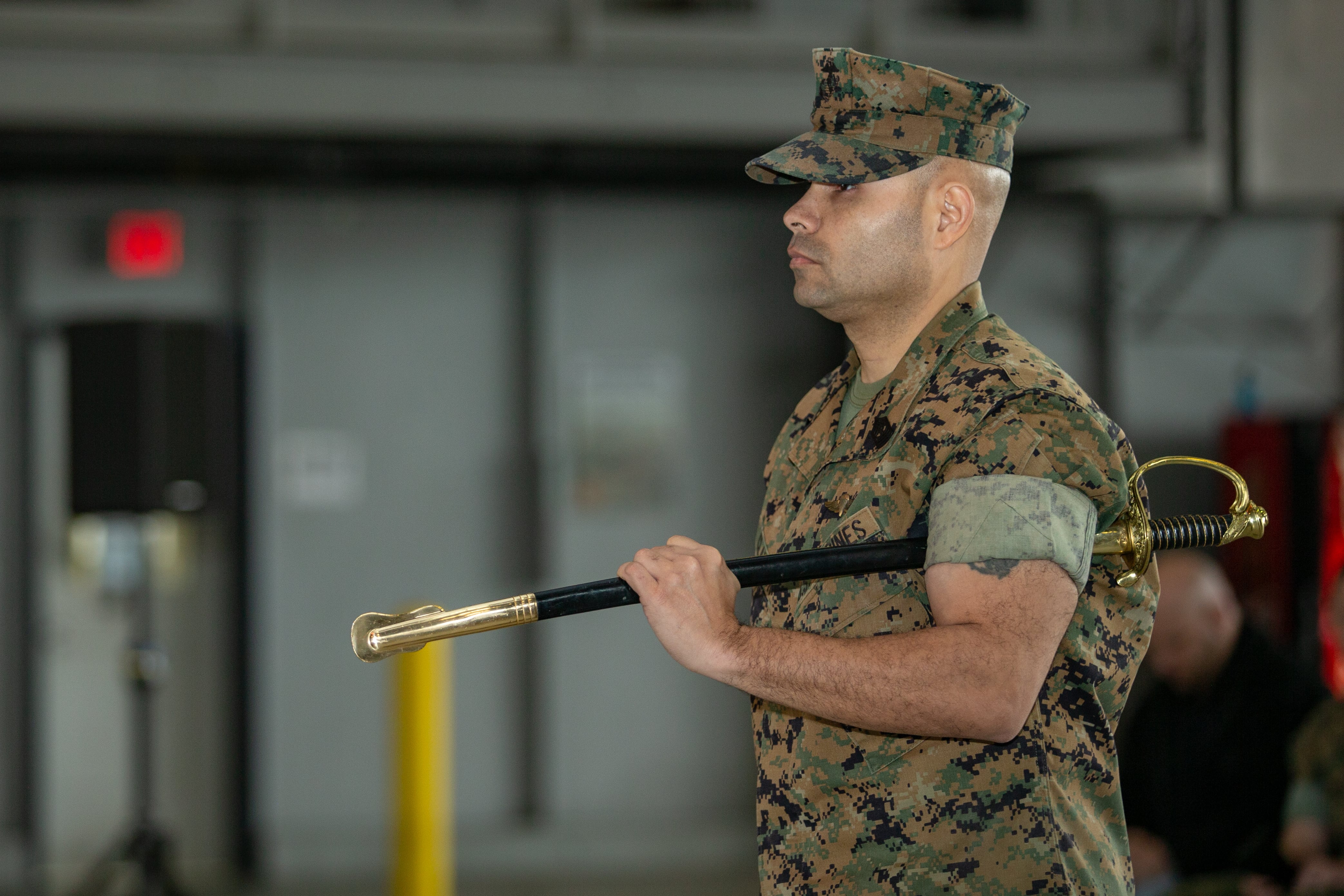The Constitution directs Congress “to provide and maintain a Navy.” This direction is open to many interpretations, but Congress resolved the current policy with direction to build a 355-ship Navy with 12 carriers and defined other categories of ships. The president signed the law, but the last administration did nothing to implement it. Now is the time to start implementation.
Russia is rebuilding its Navy with emphasis on highly capable submarines. But the major challenge comes from China.
During the last 30 years, China has transitioned from a land power to a major maritime power. It started with commercial activities. It is the largest producer of merchant ships. It has one of the largest commercial fleets in international trade. It has container and port management in several countries, including the United States. It has roughly 17,000 open-ocean fishing ships around the world.
As described in a recent U.S. Defense Department study, China now has the world’s largest navy. It has an overseas base on the Red Sea, with others planned in the Indian Ocean area. Navy shipbuilding is accelerating, with quality improving in each ship generation. It has not caught up with the U.S. and allies, but the challenge is clear.
The Biden administration will undertake a review of naval forces but must understand the rapid change now occurring. Shipbuilding budgets of the last 30 years will not be adequate to build this fleet. They will need to approximate the Cold War annual average of about $25 billion in constant dollars.
The important starting point is carrier force levels. Carriers have proven to be the most important naval force when power is needed. Many in the Pentagon want to reduce the current level of 11 to eight. This is wrong. Congress has it right by planning 12. The fastest way to get there is refueling the aircraft carrier Nimitz rather than retiring it.
Rebuilding will be a combination of new construction and upgrading, with life extension of current ships. For example, the current plan will retire 22 guided-missile cruisers with 2,000 missile launchers and 44 5-inch guns. This is a major offensive capability that should be retained along with that ship class’ anti-submarine capability.
There are a few glimmers of hope. The DDG-51 class has contained cost growth and is a promising ballistic missile defense ship. The new frigate, based on a proven Italian design, provides hope to a low cost but capable, multimission combatant that, with competition, can be built in quantity.
RELATED

Many problems remain. The Ford-class carrier is about 10 years late and 25 percent over budget largely because the mission-critical weapons elevators as well as both aircraft-launch and arresting-gear projects failed on the planned schedule.
Attack submarine production ramp-up is currently limited by a supplier base shrunken in the 1990s. The new ballistic missile submarine now shows signs of design delay. The littoral combat ship is still searching for a mission. Propulsion system reliability on one design has caused deliveries to be stopped.
Plus there is the very high cost DDG-1000, which does not have ammunition for its unique gun because development was canceled. Navy wants to build a new cruiser but has not developed the combat system (nor the cost estimate) for it. Several classes of logistic ships are planned, but costs have risen far beyond the constant dollar costs of prior classes.
Added to all this is the diversion of unmanned ships. Many assume that these experimental prototype ships will be the Navy of the future. While there are important and probable missions, performance is not proven.
The cost-management problem is best summarized by the replacement cost of the amphibious assault ship Bonhomme Richard. Original cost in constant dollars is $1.3 billion. The Navy says that current replacement cost is $4.1 billion. This is a clear case of out-of-control requirements creep and manufacturing inefficiency at many levels.
Cost control has to be restored if there is to be any hope of rebuilding the Navy.
Rebuilding and expanding the Navy is a major challenge. Recent results do not inspire confidence. The four important and interdependent lessons that we learned in the 1980s need to be “remembered” and applied. In brief, they are:
- Making existing good ships better through life-extension upgrades and modifications.
- Strict control of requirements and changes at all phases of acquisition.
- Emphasis on proven technological maturity and combat readiness of both components and systems before commitment to production
- Restoration of production competition.
Everett Pyatt is a former assistant secretary of the U.S. Navy for shipbuilding and logistics.





